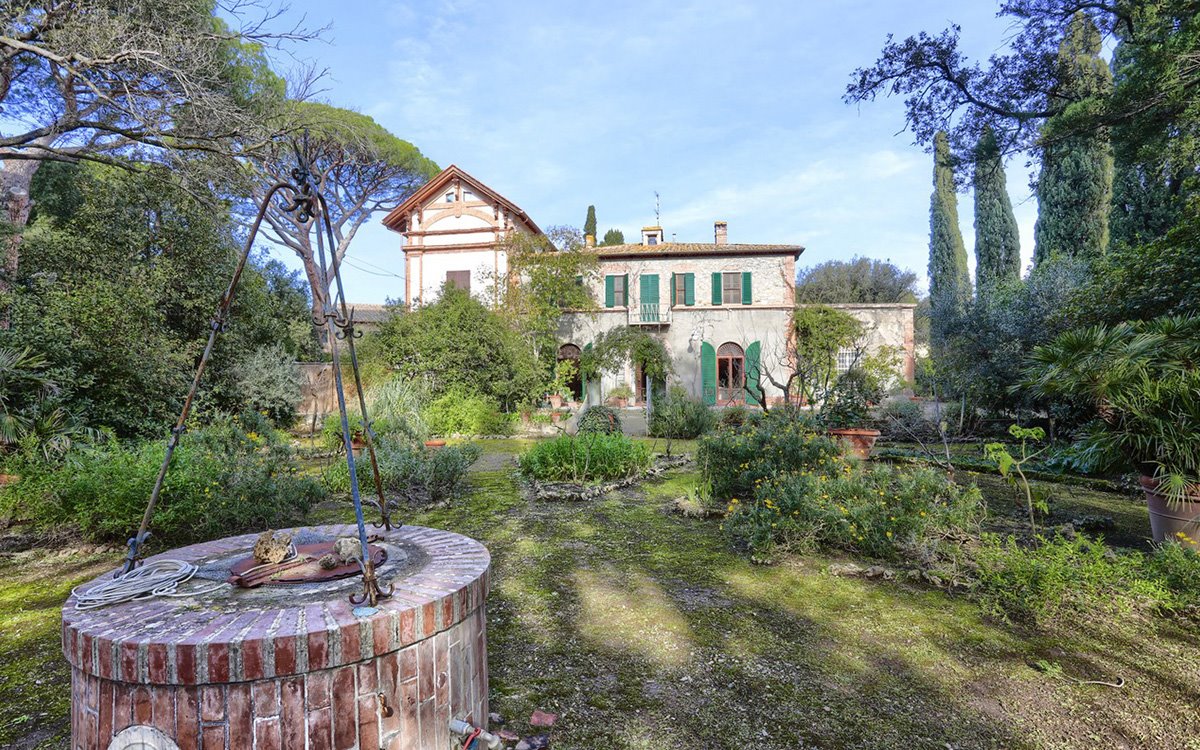
“The second-home market for German, Swiss, French and Belgian buyers has been buoyant for a long time because it has always been a very popular place: we have the sea just a few kilometres away, Cecina, a thirty thousand-population town with all the amenities you need, Pisa with its airport forty minutes away and Volterra on the doorstep. Interest in wine came later, perhaps in part thanks to the saturated Bolgheri market, where stock is low and prices are much higher. In Bolgheri, you can spend up to €800,000 for a hectare of vineyard, while here in Riparbella it would cost between €150,000 and €180,000, although these valuations would vary depending on whether or not the winery is already up and running and fully renovated”, Cristiano Meini, owner of Meini Immobiliare , explains to Ville&Casali. “Those who invested here got a bargain because they spent less and achieved a notable capital gain. The only problem is that supply is very low. As soon as something comes up for sale at a reasonable price, it sells within six months, in part because we have a portfolio of clients to inform, primarily foreign investors, who are motivated to make a quick purchase. Thirty years ago, it was mostly Germans who exploited the value of the Deutsche Mark over the lira. However, this advantage disappeared with the introduction of the euro and they started going elsewhere. Many sold their estates on to Italians, triggering the arrival of the Milanese, Venetians and others from northern Italy, who purchased much of the countryside of this region. Milan is just a three-hour drive away, making it a very convenient destination even for the weekend”, Meini concludes. Those who dream of owning their own farmhouse are looking for a 150-180-square metre property in the country made of exposed stone, with swimming pool and sea views. If it needs to be renovated, an additional spend of €3,500 per square metre must be budgeted for, which is significantly higher than the €2,000 per square metre required before COVID. Everyone interviewed agreed that the pandemic led to a boom in demand. “Our clients are from Northern and Central Italy and are looking for a traditional farmhouse and a farm or vineyards. Demand is very high, which we are unfortunately not currently able to meet because there are so few properties on the market”, explains Maurizio Galligani from Eden Immobiliare, responsible for the Etruscan Coast. “The perfect property for our buyers is a farmhouse on the first hill benefitting from panoramic views. Properties near the sea are worth more, particularly if they are close to San Vincenzo. A 50-square metre seafront apartment would cost around €200,000 and provide a good rental income”. Maurizio Taddei from Faber Immobiliare also agrees that those looking to buy in this area ideally want a property with sea views within thirty minutes of the beach. He adds that: “We have two kinds of client: those who only care about location and those looking for a panoramic farmhouse. Prospective buyers are typically searching for a three-bed property with one hectare of land and swimming pool, for which they are willing to spend around €1 million. Anyone who bought in 2020-2021 undoubtedly got themselves a bargain.” Taddei is convinced that “anyone who buys into the Tuscan dream, an international Made in Italy brand, cannot go wrong.”
Published on Ville&Casali january 2023
Continue reading on digital version